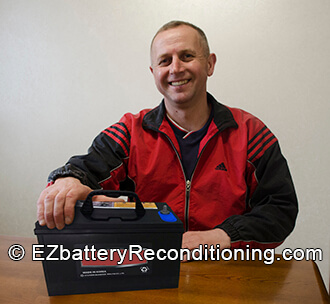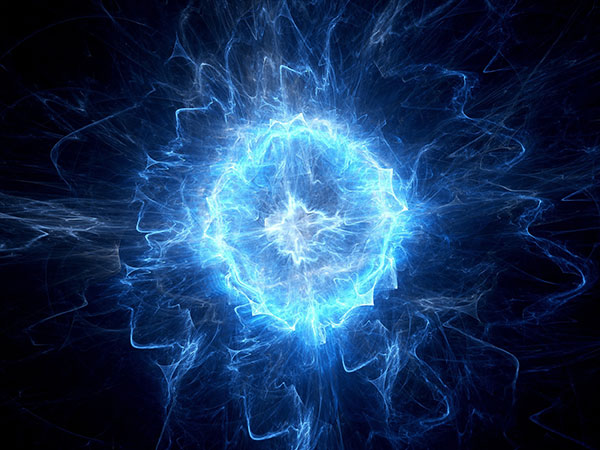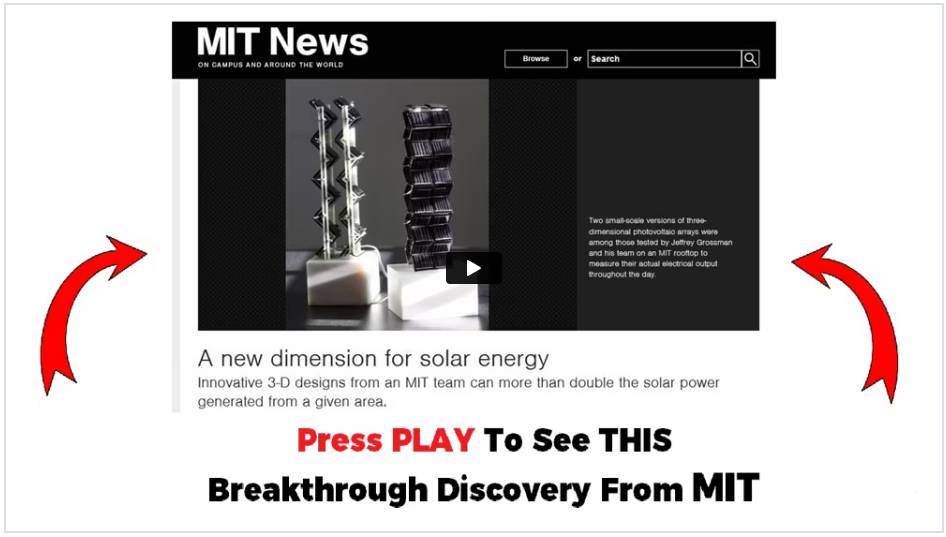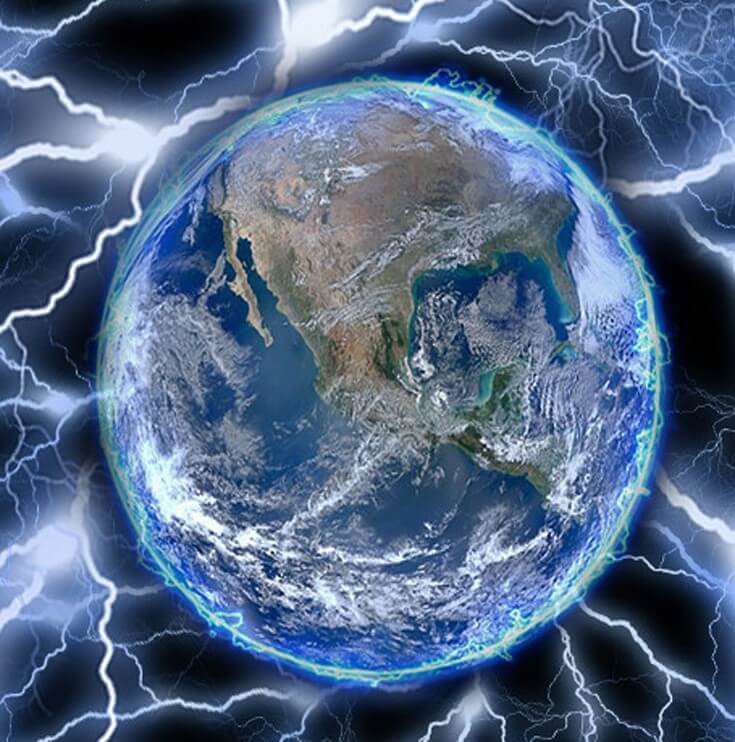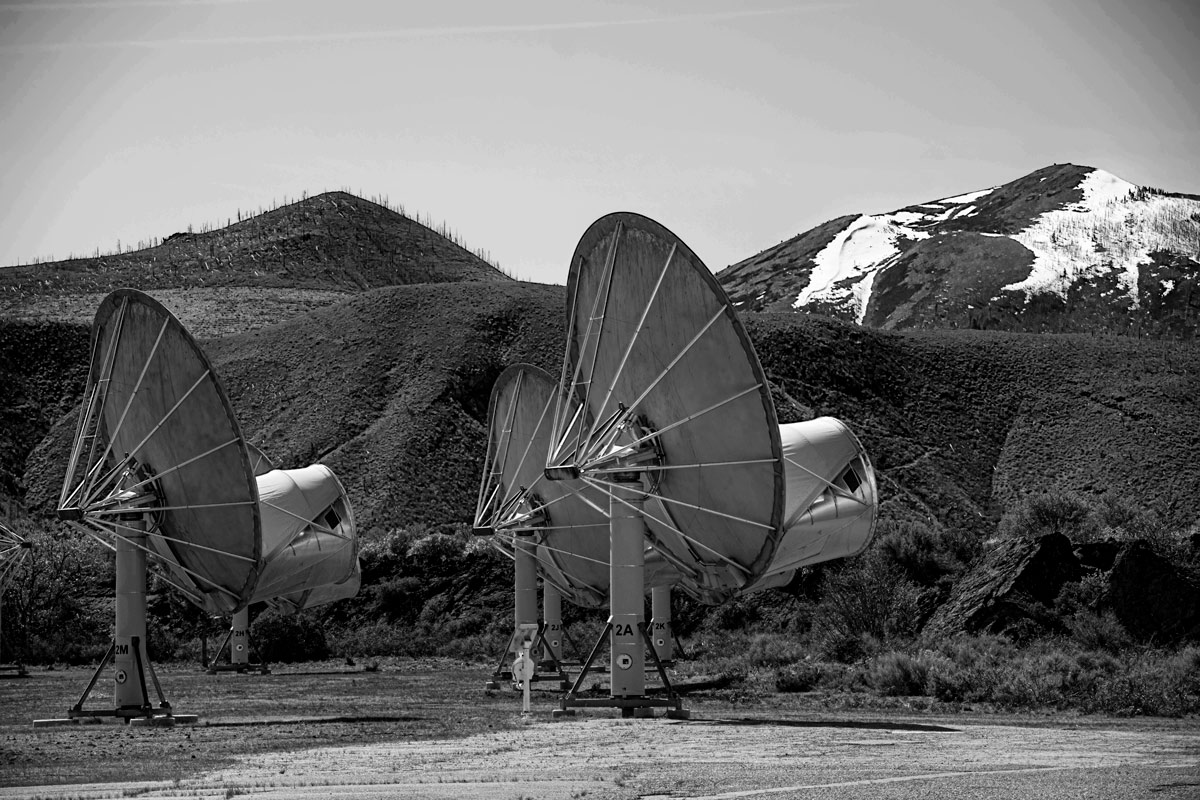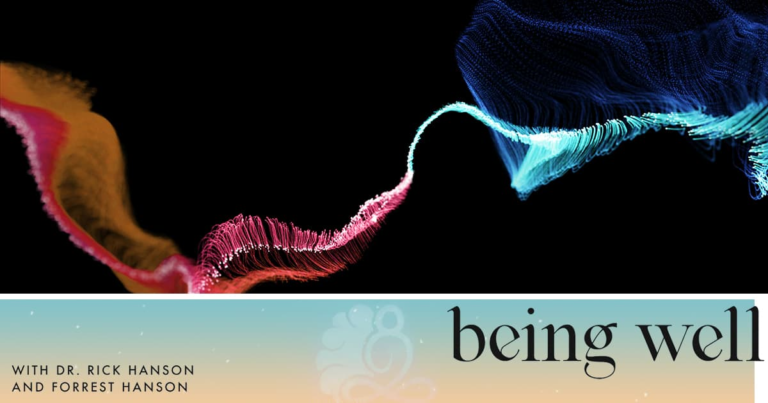Even beverages like wine and bottled water—often seen as “cleaner” when packaged in glass—showed measurable microplastic contamination. Water in glass bottles had 4.5 particles per litre, compared to 1.6 in plastic bottles and cartons. Wine sealed with corks contained minimal microplastics.
The post Glass Bottles May Contain More Microplastics Than Plastic or Cans, New French Study Finds appeared first on Green Prophet.
![The Allen Telescope Array (ATA), operated by the SETI Institute]()
The Allen Telescope Array (ATA), operated by the SETI Institute
New agreement aims to shield radio astronomy from satellite interference, but the night sky faces growing threats.
As Starlink satellites crisscross our skies bringing internet to the most remote corners of Earth, they may also be interfering with humanity’s deepest question: Are we alone in the universe? In a quiet patch of Northern California, tucked away in Shasta County, a group of scientists has been listening.
The Allen Telescope Array (ATA), operated by the SETI Institute, is one of the few observatories in the world designed specifically to detect potential extraterrestrial signals—radio whispers from distant civilizations or unexplained cosmic bursts. But lately, it’s not aliens interrupting the feed. It’s us.
![spacex starlink from space, satellite]()
SpaceX has deployed satellites to run Starlink
With over 6,000 Starlink satellites now in low Earth orbit—and more coming from Amazon, OneWeb, China, and others—radio astronomers are sounding the alarm. These satellites emit powerful radio signals, including new “direct-to-cell” transmissions, that can momentarily drown out the sensitive receivers on Earth-based telescopes. One passing satellite in the wrong place at the wrong time can effectively blind a telescope for several seconds—an eternity when hunting rare cosmic phenomena.
To address this, SpaceX and the SETI Institute announced this month a new partnership aimed at reducing interference at the ATA. Through real-time coordination and mitigation software, the system can now predict when a satellite will pass directly overhead and temporarily adjust operations to reduce “signal saturation”—a form of electronic overload that renders astronomical data useless.
“The SETI Institute is at the forefront of developing solutions that allow for the continued exploration of the cosmos while accommodating the rapid evolution of satellite communications,” said Dr. David DeBoer, a researcher at the ATA. “Our collaboration with SpaceX is an important step in demonstrating that scientific discovery and technological progress can go hand in hand with the right coordination.”
The Bigger Picture: Space Junk and a Dimming Night Sky
While this partnership is a positive step, it’s just one piece of a much larger puzzle. The skies above Earth are becoming a crowded, chaotic place. According to the European Space Agency, over 36,000 tracked objects now orbit the Earth, with tens of thousands more fragments too small to monitor. Space junk poses risks not only to telescopes but to functioning satellites, spacecraft, and astronauts aboard the ISS.
![space junk debris]()
Space junk
And then there’s light pollution. The reflectivity of satellite surfaces causes sunlight to bounce back to Earth, creating bright streaks that interfere with optical astronomy—those majestic telescope images of galaxies, nebulae, and supernovae. Night sky advocates argue that the Milky Way, once visible to 99% of humanity, is now obscured for more than a third of the world’s population.
“It’s not just about data—it’s about cultural heritage,” says one astronomer in a 2024 report from the International Astronomical Union. “The night sky belongs to all of us.”
Some solutions are already in motion. Astronomers are exploring “radio dynamic zones,” where frequency use is coordinated in real time between scientific and commercial entities. SETI and others are pushing for international frameworks to designate quiet zones—like nature reserves, but for space.
SpaceX has taken steps to address concerns, including darker satellite coatings and directional signal shielding. But critics argue that without enforceable global standards, voluntary measures may not go far enough. Meanwhile, scientists at SETI and other institutions continue developing tools to protect the last wild frontier: the cosmic spectrum.
At Green Prophet, we celebrate innovation that connects us—especially in underserved regions—but we also believe that connectivity should not come at the cost of curiosity, culture, or the planet. The SETI–SpaceX collaboration is promising, but it raises a deeper question: As we race to digitize every corner of Earth, can we still leave room to listen to the stars?
Support organizations like the SETI Institute, the Dark Sky Association, and open-source astronomy efforts that fight for ethical, sustainable access to the cosmos.
The post SpaceX and SETI Partner to Protect Alien-Hunting Telescopes—But What About the Rest of the Sky? appeared first on Green Prophet.
Recommended Story For You :
